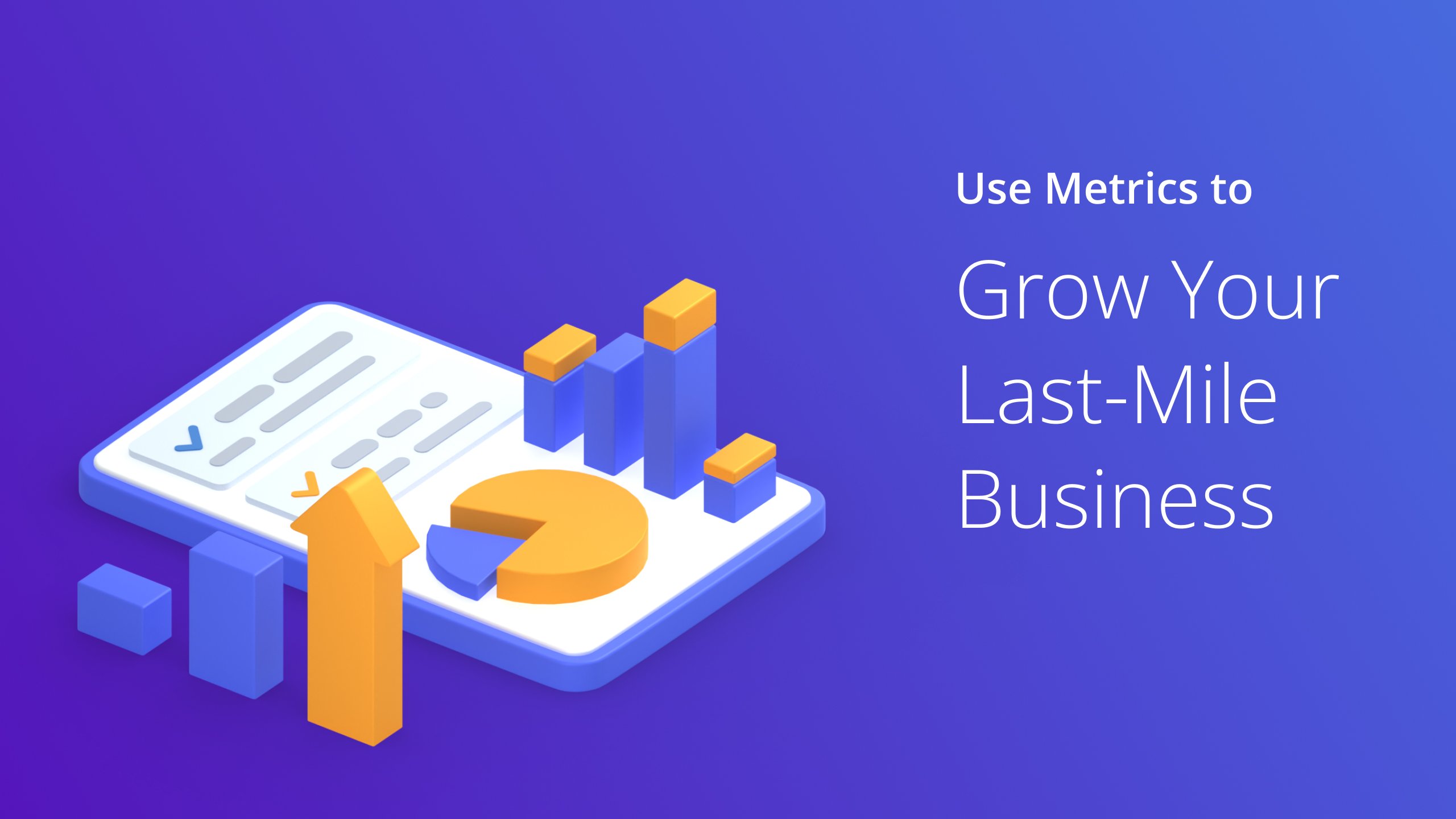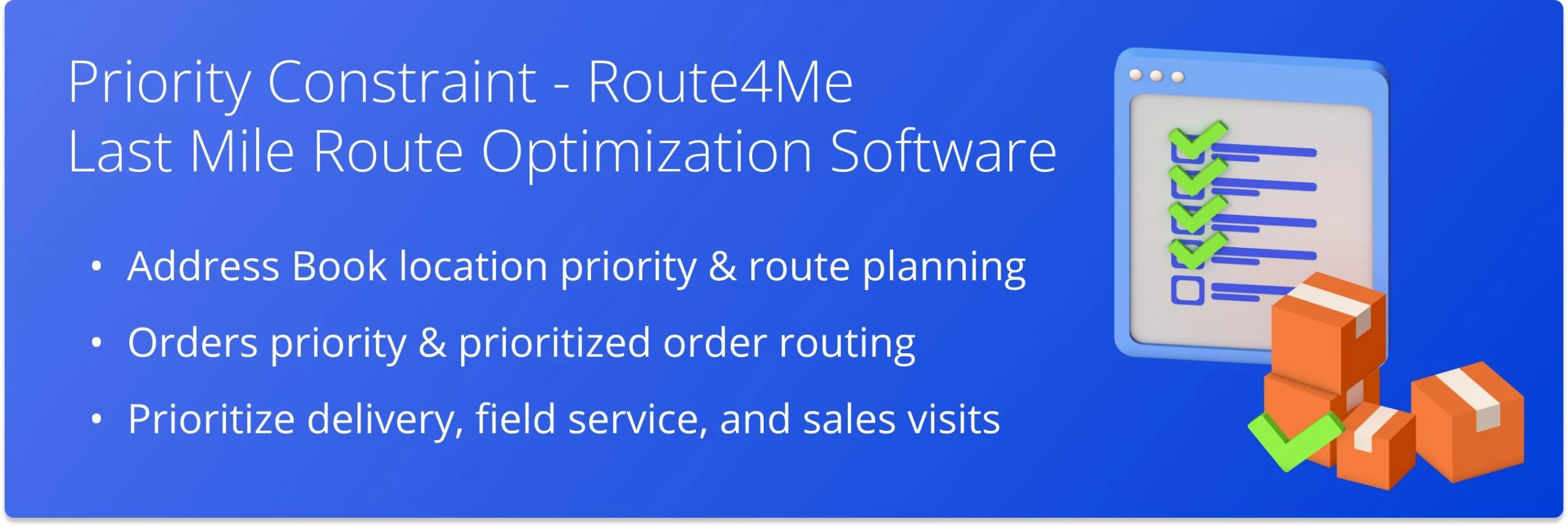The difference between a happy customer who gets their order right when needed and a disappointed one often boils down to the delivery schedule. And mastering it can be a game-changer.
You can run delivery operations like clockwork, saving time and fuel and, most importantly, keeping your customers satisfied.
However, scheduling last-mile deliveries is easier said than done.
It’s not just about getting products from point A to point B; it’s about creating a seamless, reliable service that keeps customers returning for more.
But unpredictable traffic, last-minute changes, and resource constraints can make even the best-thought-out plans seem improbable.
Don’t worry. This guide will share everything you need about delivery scheduling, including its challenges and best practices. So, let’s dive in.
Table of Contents
What is Delivery Scheduling?
Delivery scheduling refers to planning which orders to deliver at what time and in what sequence. The process involves considering several factors, such as:
- Delivery time window
- Number of delivery stops
- Delivery driver availability
- Available delivery vehicle types
Challenges of Delivery Scheduling
Below are some challenges in delivery scheduling you might encounter.
Traffic Congestion and Weather
Unexpected traffic jams or road closures can delay deliveries, making customers impatient and irate.
Mother nature can be unpredictable, too. Rain, snow, or extreme heat can slow your delivery drivers down. Driving down slippery roads or enduring unexpected storms might take longer.
Last-Minute Customer Requirements
Customers can be unpredictable, too. They might change their minds about delivery times or even their order details at the last minute, which can throw a wrench into your carefully crafted delivery schedule.
Fluctuating Demand
Fluctuating customer demand makes last-mile delivery scheduling difficult.
For example, delivery demand peaks during weekends and holidays, straining resources. Other low-demand days can cause resource underutilization. Balancing these fluctuations while ensuring timely deliveries is complex.
Technology Glitch
Sometimes, even the best technology can act up.
For example, if your delivery app suddenly crashes, your drivers will find it hard to find the correct route and reach destinations on time, making your customers unhappy and not benefiting your business.
Lack of Resources
A shortage of delivery vehicles, drivers, or equipment can complicate last-mile delivery scheduling. To overcome these challenges, you must optimize resource allocations and invest more during busy periods.
Tight Time Frames
Strict delivery time windows, particularly when customers need deliveries within tight schedules, can significantly pressure scheduling. Managing multiple deliveries while meeting specific time limits requires diligent planning.
How to Plan an Efficient Delivery Schedule
Use Delivery Scheduling Software
Artificial Intelligence has arrived. So, manual route planning using pen and paper or spreadsheets is like returning to the Stone Age while your competitors are in the future.
Today, AI-powered delivery scheduling software like Route4Me makes routing and scheduling a piece of cake.
It puts route planning on complete autopilot, optimizes routes with 100% accuracy to save time and fuel, and helps schedule routes for months in advance.
Route4Me’s route planner even offers a Dynamic Start Time option, which dynamically schedules routes for the most optimal time.
Plus, Route4Me’s last-mile optimization solution enables you to reschedule routes, even while they’re in progress.
When you modify the route schedule, the software automatically updates the route across all the devices associated with your Route4Me account.
Your drivers see any route changes in real time, and you don’t need to update your drivers manually.
Route4Me’s final mile software has a Scheduled and Recurring Routing feature that helps you schedule deliveries for repeat orders and visit customers using a repeating schedule.
This helps you automate route planning and dispatch and plan routes up to a year in advance. You can create custom route schedules for repeat orders based on your unique routing needs.
Learn in detail how delivery scheduling software can benefit your business.
Want To See For Yourself How Route4Me Can Help with Delivery Scheduling?

Analyze Delivery Performance Data
When it comes to delivery scheduling, data is your best friend.
By analyzing past delivery data, you can identify patterns and trends to make better and more informed decisions to improve delivery performance.
For example, identifying peak demand periods can help you allocate resources more efficiently. Similarly, analyzing past delivery times can help you offer customers more accurate delivery time windows.
Data can also help pinpoint the recurring issues, allowing you to make targeted improvements to your delivery operations.
For instance, if data shows continuous delays at your warehouse, you should streamline your picking and packing process.
Similarly, you might need to adjust your scheduling strategy if there are frequent missed deliveries during peak hours.
Some of the critical last-mile delivery metrics you must monitor are:
- Operational metrics such as visiting progress and number of stops.
- Vehicle utilization
- Distance
- Time
- Rates, and
- Density
It may not be feasible to collect and analyze such data manually. So, use a delivery planner app like Route4Me, which offers a comprehensive reporting and analytics feature that helps you explore all the critical data, from distances covered to the time taken at each stop to gas cost.
Route4Me provides a dashboard that lets you gather, synchronize, and visualize valuable last-mile insights and real-time data from drivers on a centralized control panel.
You can compare planned stops with actual visits, monitor key performance indicators for any deviations, and do a lot more. Additionally, you can customize the dashboard to get information tailored to your organization’s specific needs.
Track Your Vehicles
Real-time vehicle tracking has several benefits.
When you know the exact location of each vehicle, you can deploy available resources efficiently. If one of your drivers finishes the route early, you can redirect them to assist with other deliveries.
Real-time vehicle tracking also enables you to manage unforeseen events efficiently.
For example, suppose a vehicle is stuck due to a breakdown. In that case, you can immediately send roadside assistance, reroute to send the nearest available vehicle, and ensure the delivery is made as scheduled.
Use a commercial GPS tracker to monitor and track your vehicles.
However, to avoid investing in additional software, opt for a delivery routing app that plans and schedules routes and monitors progress under one roof. This integrated solution can save costs and streamline your delivery operations.
Assign Tasks Based On Priority
You must prioritize deliveries when scheduling deliveries to meet customer expectations.
You can better plan and manage your workload, ensure that urgent and critical deliveries are not missed, and schedule routine deliveries around them.
Plus, with a transparent prioritization system, you can quickly adapt to last-minute changes or unexpected urgent deliveries without disrupting the entire schedule.
Prioritizing important deliveries can reduce delivery times and use the available resources effectively.
An advanced technology solution like Route4Me’s delivery route optimization software helps manage urgent deliveries seamlessly.
It comes with a Priority constraint feature that enables you to set priority levels for customer addresses.
You can also insert last-minute orders that need to be visited with priority, deliver perishable and fragile items earlier on the route, etc.
Route4Me’s advanced route optimization algorithm will ensure drivers visit these locations in the order of priority you set. This way, urgent orders won’t be overlooked.
Keep Customers Updated
You must inform customers about the progress of their delivery to improve operational efficiency and customer satisfaction.
When customers know exactly when to expect their deliveries, they are more likely to be available, reducing the number of failed delivery attempts.
By giving precise estimated arrival times (ETAs), you would help customers better plan their day. This prevents frustration caused by vague or missed delivery windows.
In addition, providing customers with real-time updates about their delivery status builds trust, and they will prefer to order from you again.
Route4Me’s delivery route planning software enables businesses to provide customers real-time tracking information and notifications. Customers can see where their delivery is and get an accurate ETA.
The software sends automatic alerts when it leaves the warehouse, is near the customer’s location, or has already been delivered.
Route4Me’s route optimization software also provides a real-time portal for end customers to track their deliveries.
Frequently Asked Questions (FAQs) about Delivery Scheduling
Why is delivery scheduling important?
What are the key components of delivery scheduling?
How does real-time tracking improve delivery scheduling?
How can data-driven decision-making improve delivery scheduling?
How do I choose the right delivery scheduling software for my business?
Final Thoughts about Delivery Scheduling
Mastering delivery scheduling can ensure timely deliveries, reduce costs, and improve customer satisfaction.
The strategies and tools discussed in this guide, such as data-driven decision-making and route planners like Route4Me, provide the necessary framework to handle the complexities of modern delivery demands. They help streamline processes, manage resources better, and respond quickly to unexpected changes.
So, invest in optimizing your delivery schedule today and watch your business thrive.
Want To See For Yourself How Route4Me Can Help with Delivery Scheduling?






